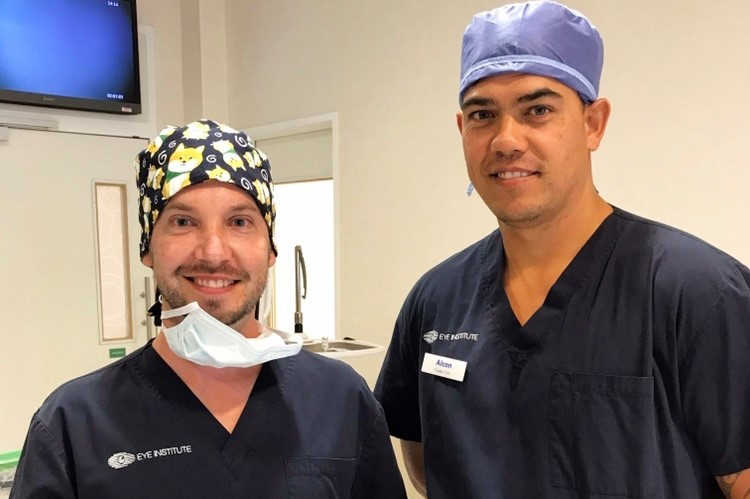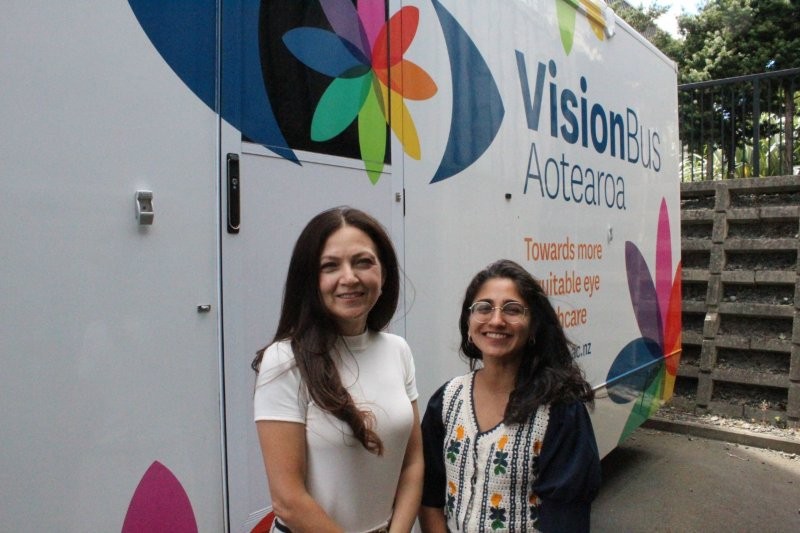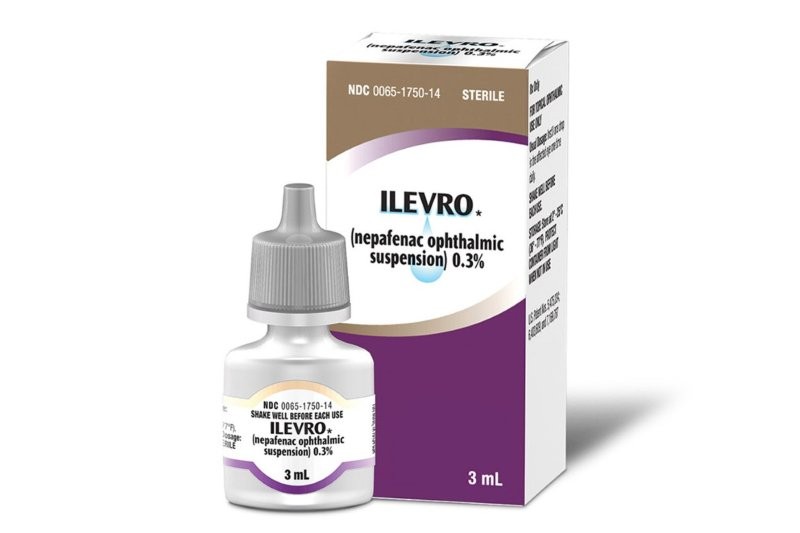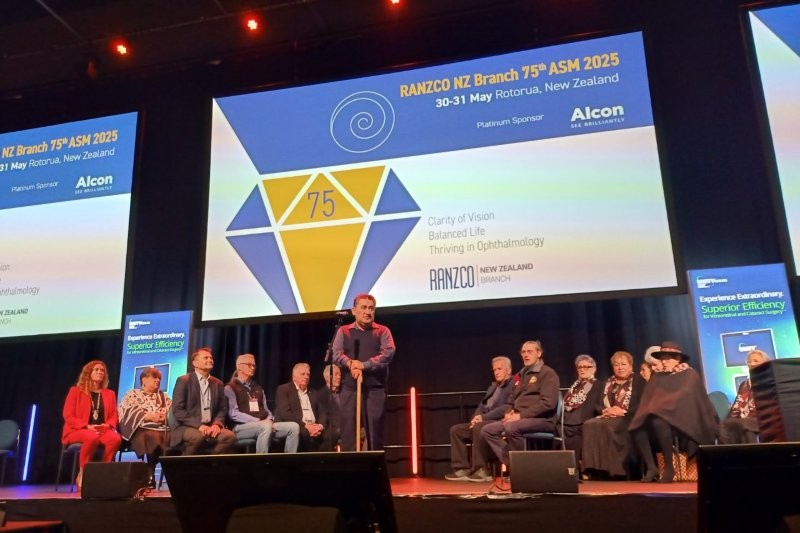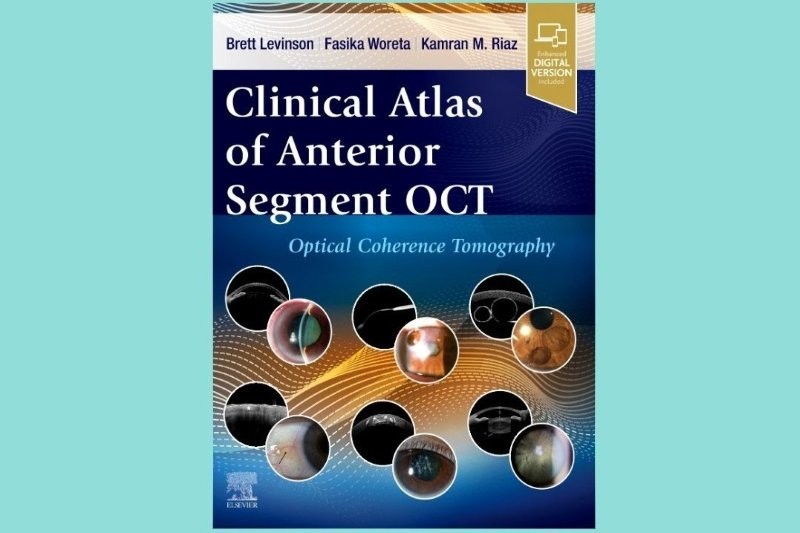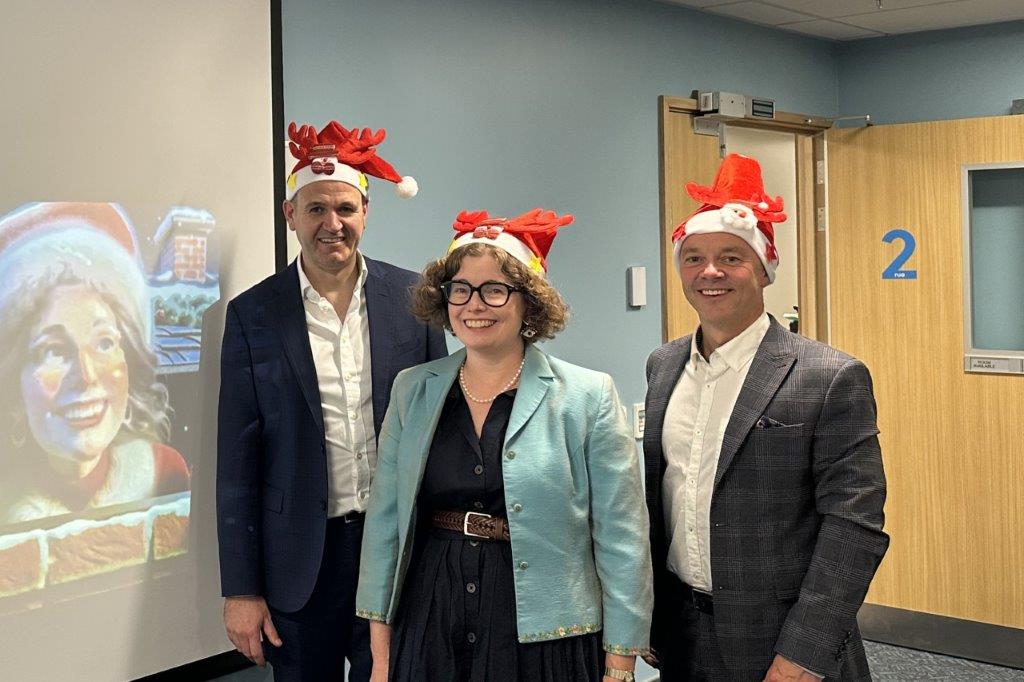New toric IOL unveiled in Australasia
Ophthalmologists in New Zealand and Australia are the first in the world to be given access to Alcon’s new Clareon toric intraocular lens (IOL) and Auckland-based cataract and refractive surgeon Dr Ben LaHood was the first in New Zealand to implant the new IOL. NZ Optics asked him what he thought.
Can you describe the Clareon toric IOL for us?
The Clareon toric IOL is constructed from a novel, hydrophobic acrylic material that maintains the desirable performance characteristics of Alcon’s AcrySof monofocal, toric and multifocal IOLs. The new Clareon material builds on the legacy of Acrysof by providing low posterior capsule opacification (PCO) and Yag capsulotomy rates, exceptional rotational stability and accurate refractive results. The new manufacturing process has also significantly reduced glistenings and surface haze compared to other IOLs1. With glistenings being an aesthetic concern for some users of Acrysof IOLs, Alcon listened and addressed this with Clareon receiving a rating of zero on the Miyata scale for clinical glistening grading, which classifies the material as ‘glistening free’.
The Clareon toric IOL is delivered through AutonoMe, the first and only automated, disposable, preloaded delivery system in the market, driven by a gas-powered delivery mechanism. AutonoMe was designed for easy, single-handed control during delivery of the Clareon toric IOL. It is designed to be used via incisions as small as 2.2mm and has been shown to cause less wound trauma compared to manual injectors2.
How do you feel about being the first surgeon to implant the Clareon toric IOL?
It is an honour to be given this opportunity, but for me, it was more about trialling a product that offered the features of a great toric IOL. There is no point being pedantic about biometry if your IOL is not up to standard. I had been very happy with the Clareon monofocal IOLs and AutonoMe injector system in terms of visual results, so felt comfortable implanting the Clareon toric option when it came available. The support from Jen Cole and Tristan Tuhi at Alcon was brilliant throughout.
Is it in an innovative step up?
The most important features to me for a toric IOL are rotational stability and predictability of astigmatic correction. Clareon toric provides this as well as having extremely low PCO rates and giving both UV and blue-light protection.
Any residual astigmatism reduces visual quality and ultimately quality of life for the patient. This is even more true for premium lenses, such as diffractive multifocal IOLs where contrast sensitivity can be drastically reduced by residual astigmatism. Alcon describes the Clareon material as having ‘unsurpassed clarity’ and usually I would suspect this as being marketing hyperbole. But, honestly, these IOLs are noticeably extremely clear due to such low surface scatter. On day one, post-op both the optometrist I was working with and I commented on just how clear it is inside the eye. This IOL is a little more pliable inside the eye on implantation compared to the Acrysof material, which I also like. I have been extremely impressed by these features, so I am very pleased that Alcon launched its toric version early.
How have your patient outcomes been so far with Clareon toric?
The short answer is excellent, even better than expected. The longer answer is that we are already quite good at correcting astigmatism with toric IOLs so new innovations are generally going to give small improvements in outcome. I take a lot of time to try and achieve optimal refractive outcomes and with optimising the ocular surface, being fastidious about biometry, and using a digital alignment system, I had been achieving astigmatic refractive outcomes within 0.5D of predicted in 90% of eyes. So far with the Clareon toric, this figure is at 100% of patients.
What are your thoughts on the AutonoMe injector?
I really like it and that surprised me! If you had asked me which part of a cataract operation needs innovation, the injector would have been low on my list. Generally, by this stage of the operation, the tricky parts are done and all that remains is to align the toric IOL, so I was sceptical about the need for AutonoMe. However, it has been great. It has sped up this part of my surgery, caused less incision stretch than manual injection, and so less surgically induced astigmatism, which means more predictable refractive outcomes for my patients.
The other benefit, I hadn’t anticipated, is that I no longer have to hydrate my incisions as often as with a manual injector. This has also taken time off my cases. I have also been pleasantly surprised by the control you have over injection speed, how easy it is to prepare and that I can still use it as a wound-assisted implantation technique via a 2.2mm incision, and the learning curve has been extremely short.
You have published a number of research papers on astigmatism correction and toric IOLs, do you plan to do the same for the Clareon toric?
I routinely collect a lot of pre-op and post-op data from my patients to keep improving outcomes. So, yes, I have done this with my Clareon patients, and it is nice to know that the observational data matches with my subjective views that they are doing very well.
The main focus of this research has been on surgically induced astigmatism and impact on incision architecture. When you are assessing a new combination of toric IOL and injector system, it is important to know their astigmatic impact as this influences predictability of outcome. The Clareon-AutonoMe combination appears to cause very low surgically induced astigmatism, even compared to Acrysof via a 2.2mm incision, while rotational stability is expectedly impressive.
One interesting finding has been the superior anatomical appearance of incisions with the AutonoMe injector compared with manual injectors based on optical coherence tomography (OCT) images. I am currently working on a grading scale for this as I believe keeping the corneal anatomy as pristine as possible will have flow-on benefits for healing and visual recovery. As I said earlier, astigmatic refractive results have been exceptional and this is a culmination of all of these minor improvements leading to a better overall outcome.
I will be presenting my full findings at this year’s meeting of the European Society of Cataract and Refractive Surgeons (ESCRS) in early October, which sadly will be virtually from my lounge rather than live in Amsterdam.
Are there any further innovations you would like to see in this area?
I would expect that with time, the Clareon material will be used in an even wider range of Alcon IOLs. It would be good to see the whole spectrum from monofocal, toric, Vivity and Panoptix on this platform, benefitting from the enhanced optical clarity Clareon offers.
References
- Werner L, Thatthamla I, Ong M, Schatz H, Garcia-Gonzalez M, Gros-Otero J, Cañones-Zafra R, Teus MA. Evaluation of clarity characteristics in a new hydrophobic acrylic IOL in comparison to commercially available IOLs. Journal of Cataract & Refractive Surgery. 2019 Oct 1;45(10):1490-7.
- Cennamo M, Favuzza E, Salvatici MC, Giuranno G, Buzzi M, Mencucci R. Effect of manual, preloaded, and automated preloaded injectors on corneal incision architecture after intraocular lens implantation. Journal of Cataract and Refractive Surgery. 2020 Jul 6.
Disclaimer: Dr Ben LaHood hosts a podcast called ‘The Second Look’ which receives advertising funding from Alcon.










